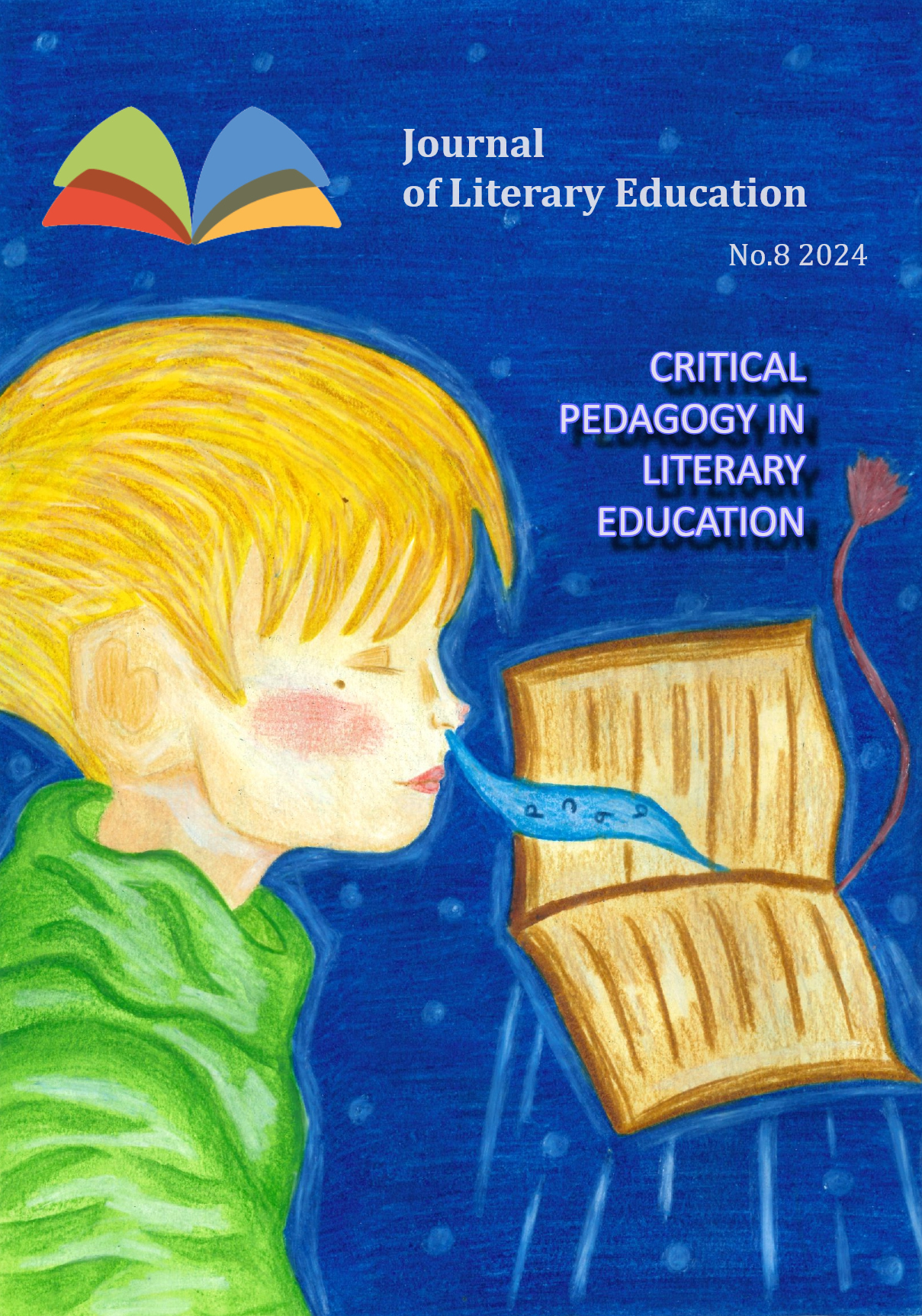Reading the World: Challenging Cultural Insideness in Swedish Upper Secondary Literature Education
DOI:
https://doi.org/10.7203/JLE.8.28881 Abstract
Abstract
This study sets out to challenge politically motivated reinforced insideness of Swedish upper secondary L1 literature education. It does so by highlighting transformative aims presented in the curriculum and introducing transnational literature to L1 students. Theoretically categories of insideness (Relph, 2016) and the pedagogical idea of transformative learning (Mezirow, 1994; 2003; 2006) are used to analyse the material, which consists of 28 student reflections on transformative phrasing used in the curriculum and on two transnational short stories. Methodologically the study is based on participatory research which is concretised through a focus group interview with school librarians. The interview was part of preparing for the intervention in the students’ L1 classroom. The material was thematically analysed (see Braun & Clarke, 2006; 2019) using the categories of vicarious, empathetic, and existential insideness (Relph, 2016).
The results show how students’ insideness is revealed and challenged by the use of transnational literature. Literature which challenge the students’ expectations and frames of reference can add to a more multiperspectivist understanding of the world. However, for this transformation to occur it is necessary for the reader to recognize aspects of oneself in the literary work. Moreover, scaffolding teaching practices including subject-specific language, such as the conceptual apparatus of cultural insideness, are crucial to support transnational reading as a transformative learning practice. L1 literature education can become a window to the world, but only if it includes aspects of recognition. To know a there you have to know a here and vice versa.
Key words: Cultural insideness, Transnational literature, Multi-perspectivism, Transformative learning, Participatory research.
 Downloads
Downloads
Downloads
Published
-
Abstract0
-
PDF0
Issue
Section
License
Copyright (c) 2025 Björn Bradling, Ylva Lindberg

This work is licensed under a Creative Commons Attribution-NonCommercial-NoDerivatives 4.0 International License.
![]()
This work is licensed under a Creative Commons Attribution-NonCommercial-NoDerivatives 4.0 International License.
Authors who publish with this journal agree to the following terms: Authors retain copyright and grant the journal right of first publication with the work simultaneously licensed under a Creative Commons Attribution License that allows others to share the work with an acknowledgement of the work's authorship and initial publication in this journal. Authors are able to enter into separate, additional contractual arrangements for the non-exclusive distribution of the journal's published version of the work (e.g., post it to an institutional repository or publish it in a book), with an acknowledgement of its initial publication in this journal. Authors are permitted and encouraged to post their work online (e.g., in institutional repositories or on their website) prior to and during the submission process, as it can lead to productive exchanges, as well as earlier and greater citation of published work (See The Effect of Open Access).



